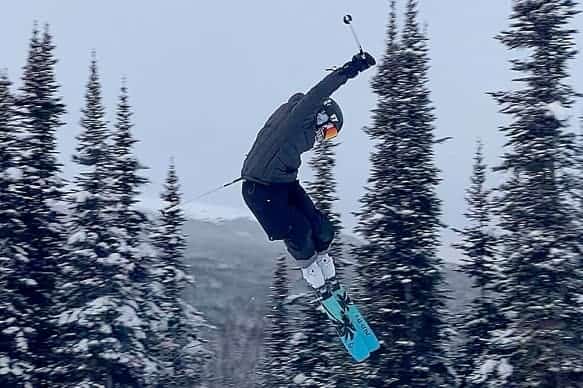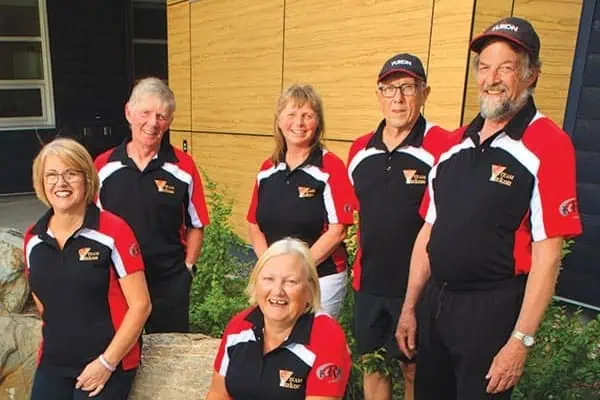Kevin Caron measures the time to the Canada Games by the number of spins he can do in the air.
The pre-novice figure skater figures he will have a triple jump nailed by the ti
me the Canada Games comes to Whitehorse in 2007.
The quad, the highest the men have been able to achieve, is within his grasp in two to three years … probably too late for the Games.
“The top 10 will try the quads,” says Caron, allowing the word “try” to hang in the middle of the sentence for an extra beat.
Katie Blaker is another pre-novice. She says she will have a “shot” at the Canada Games if she becomes a novice by then.
Both say they are not doing anything different because of the Canada Games. Training at these higher levels is aimed at the Olympics and the world championship and the Canada Games is always a step on the way.
And both have reached the latest step by joining the B.C. Provincial Team. It’s a designation that means Skate Canada is keeping an eye on their development. Scouts will be grading them – sometimes for them to see and sometimes not – and perhaps choosing them for their development program.
Blaker’s mother, Sheri Blaker, is the co-chair of the Whitehorse Skating Club. She says belonging to the provincial team also allows the athletes to receive a High Performance Grant.
So far, pretty
standard. But Sheri Blaker says the local clubs (including Fireweed Skating Club) receives an extra $10,000 from the Best Ever Funding Program. It allocates money to host cities so that it can field the best team ever.
“We are going to use it to go up another level,” says Blaker. Some will go to a “Legacy Group” for those who won’t be old enough for the 2007 Canada Games while the rest will go to the “best bets”.
So far, she expects to send the maximum of four female skaters to the Canada Games, while Caron is the only male so far.
That extra money allows the skaters to attend a seminar following a competition in Victoria. And it will allow the clubs to extend their season an extra three weeks into May.
As well, there will be enough money left over to send the team to one additional event.
The one thing the skating clubs probably won’t get help with is the chance to host a test event. “We are working on it,” says Blaker. “But we are not getting a lot of co-operation from Skate Canada.”
She does understand that there is some resistance because of the distance. It is difficult to ask the skaters in the South to fork out $500 to $700 to attend a competition when they could just drive to one close by.
But, still, she has heard feedback that people want an excuse to see the Yukon and to see the facility that the Canada Games will be held in.
Blaker says they will try to hold an invitational competition and that should be a good compromise for everyone.
Yukon skaters want to see the new facility, too. Blaker says the clubs can use two ice surfaces and that will make it easier on the coaches to go from group to group. And the one Olympic-sized surface is big enough to allow more activities at one time on it.
One of the skate coaches, Harold Sher, says the Canada Games means he will have to get his skaters ready for a “second season”. The Sectionals are in November and they will need a break before getting ready for the Canada Games.
The coaches will try a simulation to expose the skaters to the “competitive environment” and the routine of preparing the rink and skating the program in full costume even though there is so much else going on around them.
“We have to make sure they peak at the right time,” says Sher. “Then comes the moment when the coach and parents have no control.
“It’s always exciting.”


